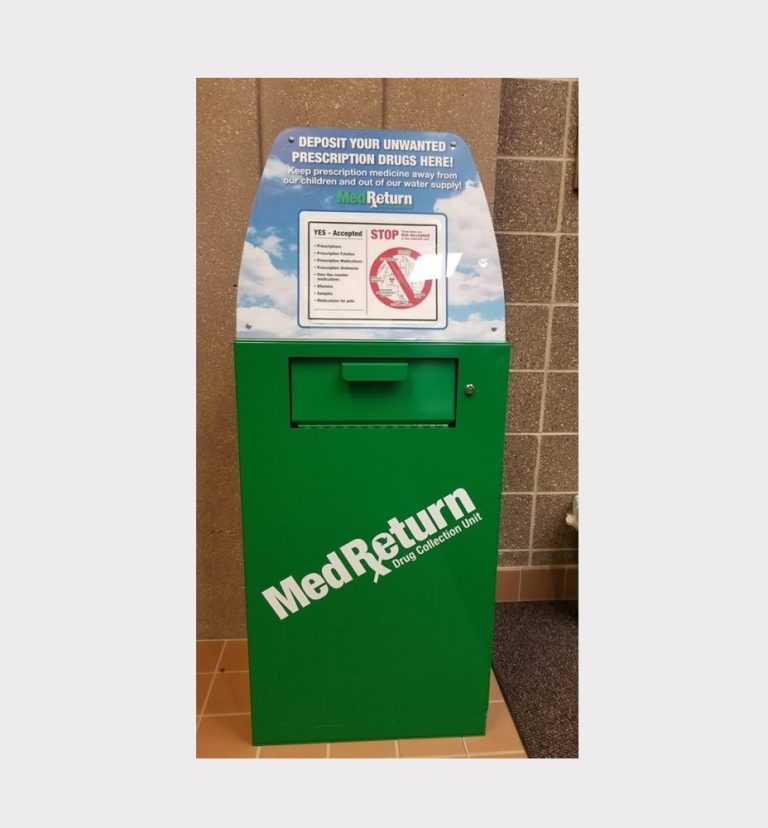 Northwest Iowa — Now is the time to cool your stored grain, according to Iowa State University Extension and Outreach Agricultural Engineer Kris Kohl.
Northwest Iowa — Now is the time to cool your stored grain, according to Iowa State University Extension and Outreach Agricultural Engineer Kris Kohl.
In the past couple of weeks with temperatures in the 60s, a lot of corn and soybeans went into storage. With grain this warm, Kohl says moisture migration within the grain mass and spoilage can occur very quickly – even with moderately dry grain.
With average daily temperatures soon in the low to mid 40s, newly stored grain should be cooled down as soon as possible, Kohl says. Stored grain should be cooled to 30-40 degrees for winter storage. The sooner grain is cooled down the better to keep it from spoiling. Fans may need to run several times during the fall to get grain down to wintertime storage temperatures.
Kohl says the time required to completely cool a bin of grain depends on fan size. In general terms, a large drying fan will take 10-20 hours to cool a bin of grain. In comparison, a small aeration fan can take a week or more to completely cool a full bin. In either case, it is best to measure the temperature of the air coming out of the grain to see if cooling is complete. It is also much better to error on the side of running the fan too long rather than turn it off too soon, according to Kohl.
Kohl says now is also a good time to “core” each of your bins to remove fines that have accumulated in the center of the bin. When coring a bin after filling, remove about half the peak height for improved aeration. After coring, the top of the grain should be visually inspected to ensure an inverted cone has been created. If no cone is created, bridging of the grain has taken place and a very unsafe condition has been created. No one should enter the bin until this situation has been safely corrected.
According to Kohl, if grain is dried down to the proper moisture and correctly cooled, it should store very well through the winter. Still, it is best to check stored grain at least every two weeks during the winter and once a week in warmer weather. To check grain, inspect and probe the grain for crusting, damp grain, and warm spots, says Kohl. In addition, run the fan for just a few minutes and smell the exhaust air for any off odors.
For more details, order a copy of “Managing Dry Grain in Storage” AED-20 from Midwest Plan Service at www-mwps.sws.iastate.edu/catalog/grain-handling-storage or check more grain drying and storage information at www.ag.ndsu.edu/graindrying.











